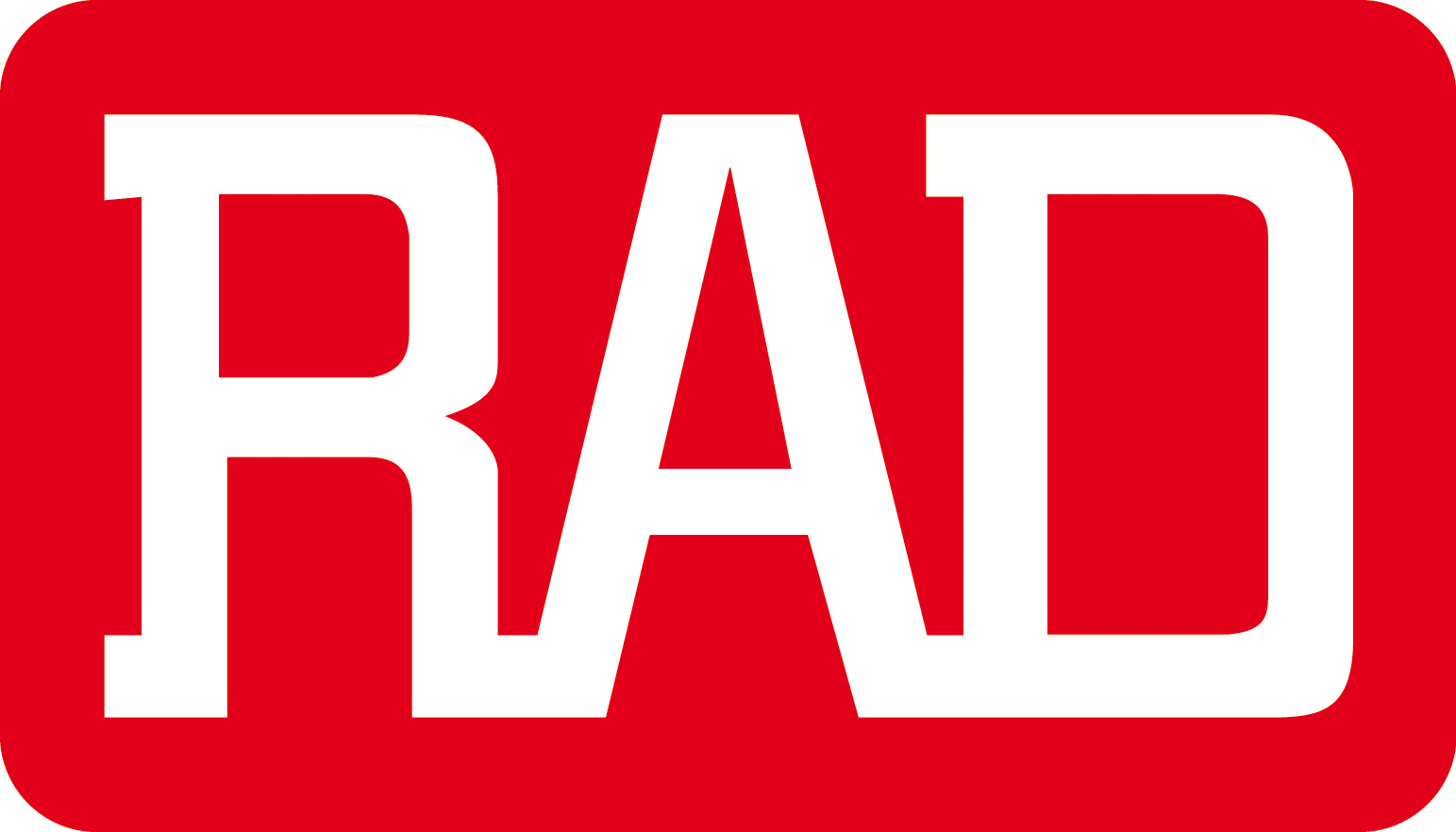




RAD's Testing-Enabled Ethernet Demarcation Devices
RADs EtherAccess Intelligent Ethernet demarcation devices are equipped with advanced testing capabilities to lower TCO in Carrier Ethernet service deployments:
CapEx Savings 1: Single-box solution for service delivery and testing eliminates the need for additional equipment and test sets, by providing probe functionality when working opposite test heads and performing test traffic generation when working opposite other NTUs
CapEx Savings 2: Flow-based traffic management and testing improves cost-per-port and eliminates unexpected port availability issues during installation and turn-up
Short Time-to-Revenues: Easy service upgrades with remote software updates
OpEx Savings: Minimize unnecessary truck rolls with automated, remote monitoring, testing and reporting; Ensure productive on-site technician calls with fault localization
Needless to say, such functionalities can not be found in simple or even managed Ethernet media converters, nor are they supported by standard Ethernet switches.
Figure 5 features selected members of the EtherAccess portfolio, which are used by Tier-1 and Tier-2 carriers around the world to ensure consistent performance and interoperability over any access be that fiber, copper PDH or
xDSL:

In out-of-footprint segments involving multiple networks, these demarcation devices are essentially a must for obtaining complete visibility across the entire service path at all times. In addition, ultra-
fast, hardware-based processing capabilities offer the following powerful benefits:
Immediate detection of loss of continuity (LOC) to ensure under 50 ms protection switching
Highly accurate frame loss measurements with live-traffic testing
Highly accurate delay measurements in under 1 microsecond
Flow-level monitoring enables simultaneous processing of hundreds of OAM sessions Loopback testing at line rate
Even the physical design of the EtherAccess Carrier Ethernet demarcation devices has an important
role in service deployment. Quite often, technicians arrive at a service point for installation or
testing, only to discover discrepancies between the work order form and actual conditions on site.
Physical issues as mundane as the wrong port type (copper/fiber) or power supply mode prevent them from completing their task, resulting in additional costly visits and delaying service revenues.
While upfront planning would certainly help in avoiding such pitfalls, a demarcation device housing
UTP/SFP combo ports and dual-mode power supplies also go a long way in keeping things on track.
Return to Carrier Ethernet with RAD products